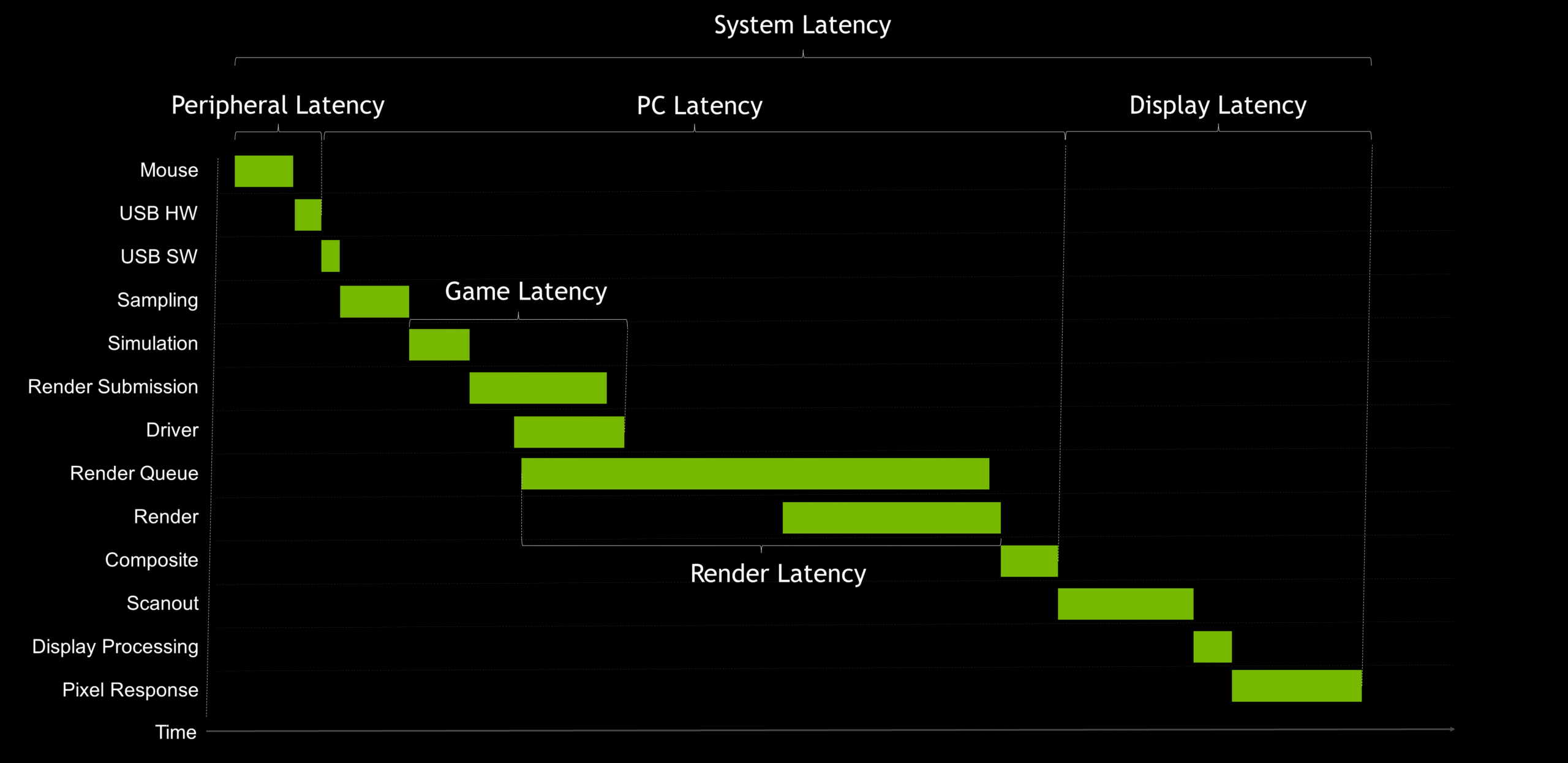In the fast-moving world of technology, speed has become more than a luxury — it is an expectation. Whether someone is loading a website, making a video call, or running complex simulations, any delay can affect productivity and experience. Laaster is a digital technology framework designed to address this demand. It focuses on reducing the delay between a user’s action and the system’s response, a quality often referred to as low latency.
Understanding Low Latency in Simple Terms
Latency is the time taken for a piece of data to travel from its source to its destination. Imagine pressing a button and having to wait even a fraction of a second before something happens — that is latency in action. Low latency means that the delay is so small that it feels almost instant.
Laaster builds on this concept by offering a framework that allows different systems — whether they are software platforms, devices, or cloud environments — to communicate and operate with minimal waiting time.
Why Laaster Matters in Today’s Technology Landscape
Digital systems are becoming more interconnected and more dependent on speed. For example:
- Online gaming requires quick responsiveness to match real-time actions between players.
- Video conferencing demands smooth audio and video without awkward pauses or frozen frames.
- Industrial automation relies on rapid system commands to ensure safety and efficiency.
Laaster provides the structure for such applications to maintain performance, even under heavy load or challenging network conditions.
The Core Principles of Laaster
Laaster’s design is based on a few guiding ideas that set it apart:
- Efficient Data Routing – Data is sent through the shortest and most effective possible path.
- Adaptive Resource Allocation – Processing power and memory are allocated based on real-time needs, not static settings.
- Error-Resilient Operations – If a packet of data is lost or delayed, Laaster has built-in strategies to recover quickly without slowing the user experience.
- Scalability – It works just as well for small applications as it does for large enterprise systems.
How Laaster Achieves Low Delay
To create a near-instant response experience, Laaster integrates several advanced methods:
- Parallel Processing: Tasks are handled simultaneously instead of waiting for one to finish before starting the next.
- Edge Computing Support: Data processing can be moved closer to the user’s location, reducing the distance data must travel.
- Dynamic Load Balancing: Work is spread evenly across available systems, preventing bottlenecks.
- Smart Caching: Frequently accessed data is stored temporarily so it can be retrieved instantly without reprocessing.
Laaster in Different Industries
Although Laaster is a general-purpose framework, it shines in certain sectors:
1. Finance and Trading
In high-frequency trading, milliseconds can mean the difference between profit and loss. Laaster ensures market data is processed and acted upon almost instantly.
2. Healthcare
Telemedicine and remote monitoring systems benefit from Laaster by delivering patient data in real time, enabling faster diagnoses and decisions.
3. Media Streaming
Video platforms can stream in high definition without buffering, even when the network is under pressure.
4. Manufacturing
Factories using automated robots can execute commands without delay, improving safety and precision.
5. Education
Live online classes feel more natural and engaging when interactions happen without lag, something Laaster makes possible.
Advantages of Using Laaster
- Seamless User Experience: People notice when things are slow; Laaster helps keep interactions fluid.
- Better Resource Use: Systems can run faster without needing excessive hardware upgrades.
- Increased Reliability: Built-in redundancy ensures systems keep working smoothly even when unexpected issues arise.
- Future-Ready Performance: As technology demands increase, Laaster’s scalable design allows it to adapt.
Challenges in Implementing Laaster
While the benefits are clear, adopting Laaster may require:
- Initial Integration Effort: Systems may need adjustments before they can work within the framework.
- Skill Requirements: Developers and engineers must understand the framework’s features to use it effectively.
- Ongoing Monitoring: Even with low latency, regular performance checks are important to maintain quality.
The Future of Low-Latency Frameworks
As more services move online and as real-time interaction becomes the norm, the demand for frameworks like Laaster will grow. The next generation of technologies — from augmented reality to fully autonomous systems — will require lightning-fast responses.
Laaster’s flexible architecture means it can evolve alongside these needs, making it a foundational tool for tomorrow’s digital ecosystem.
Final Thoughts
In a world where every millisecond counts, Laaster offers more than just speed — it provides the structure for consistent, reliable, and adaptable performance. By focusing on reducing delay, optimizing resources, and maintaining stability, Laaster positions itself as a critical enabler for industries and applications that depend on low latency.
Whether it’s helping a gamer win a match, enabling a doctor to consult a patient across the globe, or supporting a factory’s automated systems, Laaster’s impact is clear: faster responses lead to better outcomes.

Leave a Reply